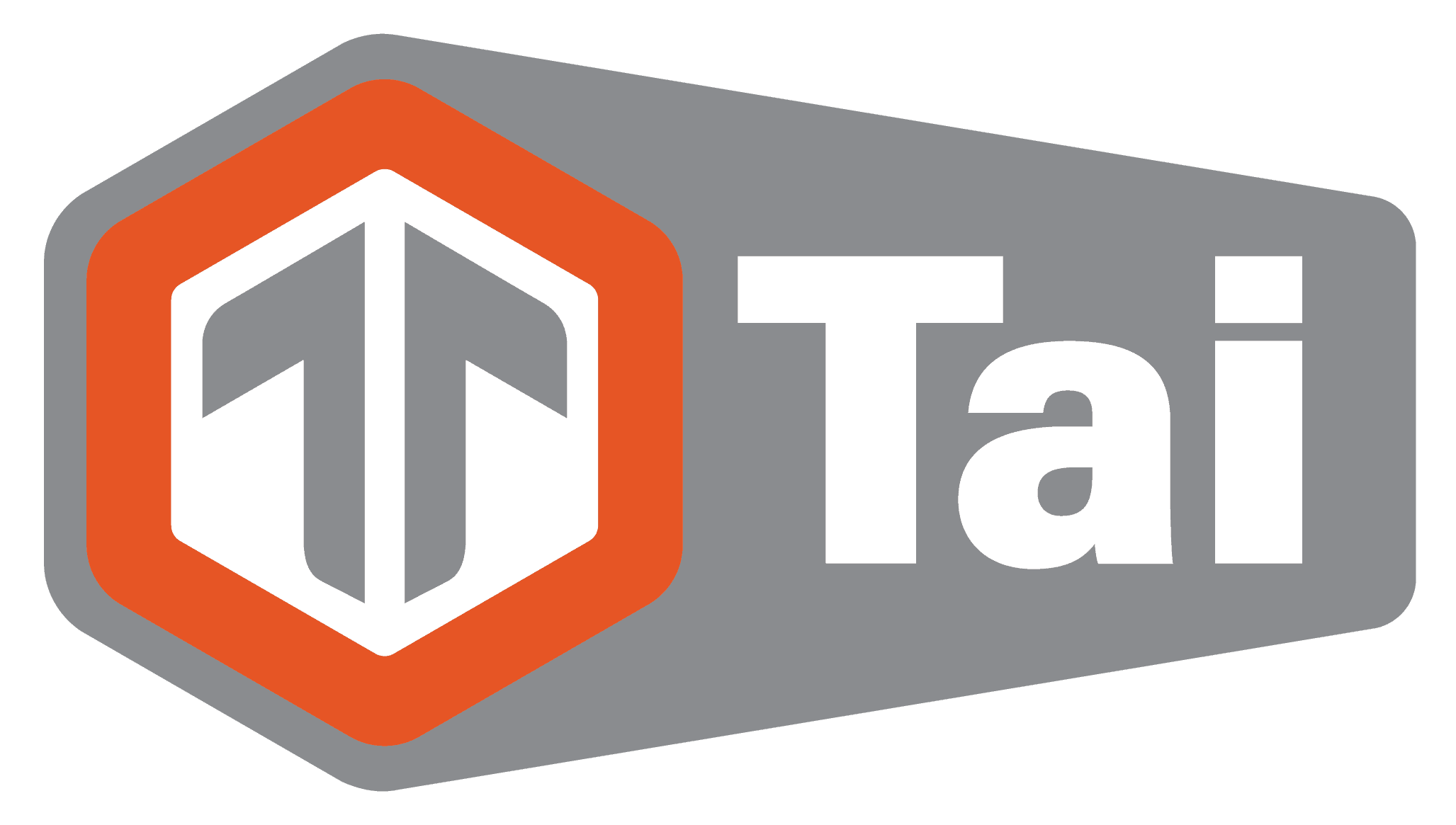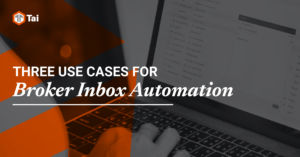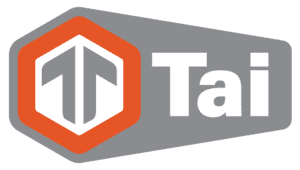Transportation management systems (TMS) are tools used in the transportation industry to manage shipment lifecycle, as well as the back office of the shipment lifecycle process. It’s also a tool used to help the freight broker company guide the shipment from rating, tracking delivery, and all the way to the payment process.
To put it simply, transportation management software is all about leveraging software to manage the workflow of the entire shipment lifecycle. That said, freight broker software isn’t only limited to data that could be stored on a spreadsheet. The system is meant to help the shipment move and hit its milestones along the way. However, various types of shipments will have their own distinct types of milestones.
For example, in the case of an LTL shipment, it will have a different milestone for each terminal. There’s also a milestone if the shipment will be sent off to an interline carrier. But in the case of air freight, brokers will need to know whether the shipment is at or has already left the airport. Whatever the case, the best TMS software for a domestic freight broker, will be one that can streamline the workflow.
Who Will Use Transportation Management Systems?
Transportation management systems are used by any type of logistics company that needs to manage the shipment lifecycle. In other words, these systems are typically geared towards freight brokers and forwarders, 3PLs, as well as other freight and logistics experts. Freight brokers will act as a critical link between shippers and carriers. Any time a business needs to outsource its logistics process, freight brokers come into play. TMS software covers the needs of freight brokers, given the features will align with their goals and scope of operations.
Single Freight Brokers
Freight brokers can run their business fairly easily if they are also capable of arranging their transportation and tracking loads hauled by freight carriers. The brokers may be moving LTL freight and working with companies like UPS, Fedex, and Estes, but could also be moving full truckload freight and working with a variety of smaller trucking companies. When a freight broker is just starting out, they may look for a simple solution that will allow them to simply match trucks with loads. With today’s freight broker software technology advancements, truckers and carriers will now be able to see loads along their routes.
But once these early-stage, single freight brokers begin winning more contracts, they will also have to start dealing with more loads, bills of lading, accounting work, and more. All of this will take place while the broker has to review carrier qualifications and ensure that they’ll have the best possible relationship moving forward. While this may sound overwhelming to a sole proprietorship, the automation brought forward by TMS solutions will help brokers find shippers, carriers, set prices, arrange freight transport, and accomplish all of their duties while also scale to meet the new demand.
Mid-Sized Freight Brokers
Larger freight brokerage businesses will be made up of a larger number of employees, all working together. This group of staff members will put together their communal industry knowledge, the contacts they’ve collected over the years, as well as the experience with freight laws and regulations. Collectively, the group of freight brokers will be better equipped to avoid any hiccups as well as benefit both their shipper and carrier partners.
Some freight brokers will take into consideration third party logistics (3PL) software. This type of system will track and organize items across the entire supply chain and make sure that goods will arrive on time and at their intended destination. 3PL software is also a type of TMS that’s built to handle the various needs of multiple clients, each with their own set of needs, operational processes, and billing requirements. When it comes to other types of logistics businesses, such as a trucking company or organizations dealing with LTL truckloads, they can sometimes use trucking software to provide freight brokerage services.
Freight Brokers vs. Forwarders
A common confusion made in the industry is between freight brokers and forwarders, as well as the type of freight software that best suits their needs. The most obvious members of the freight industry are the organizations that handle the cargo’s trucking and transportation themselves. There are also the carriers that are in charge of the shipping methods, which will help businesses get their goods from one place to another. Freight brokers and forwarders, however, have somewhat interconnected roles but also some key differences between themselves.
To put it simply, a freight broker agent is a liaison that helps connect a buyer and a seller when the item that’s being sold is transportation. Shippers will need to work with a transportation service and will, quite often, have different wants and needs, depending on the situation. This is where freight brokers come into play. Their knowledge of contracts, freight laws, and paperwork will ensure that deals will be arranged and completed in due time.
On the other hand, Freight forwarders will also act as mediums between shippers and carriers and provide consolidation of freight services. Smaller shipments will tend to be combined into larger ones, so as to make them more easily transportable. Freight forwarders will also, sometimes, arrange for storage on their clients’ behalf. To put it simply, the major difference between freight brokers and forwarders is in terms of freight possessions – where forwarders will also handle the storage of freight. And in terms of the legal obligations, where brokers will tend to have less legal responsibility since they will not possess the freight at any time.
Domestic vs. International Freight Forwarding

Domestic freight forwarding refers to the distribution of products within a country. Both shippers and receivers are within the borders of the same country. When it comes to international freight forwarding, the products will be sent beyond the country of origin’s boundaries. But aside from the operation’s actual geographic scope, domestic and international freight forwarding also differ in terms of other operational aspects. These differences will help to choose a great TMS solution that will best fit domestic freight brokers’ needs.
Management
When it comes to international freight forwarding, more people will need to be involved to oversee the operations. Generally, the corporate logistics manager will have several counterparts in all the countries where the company is active and operates. It’s required to have a more detailed plan on how to execute these actions since there are numerous steps involved in the international distribution process.
In terms of domestic freight forwarding services, these will typically require a single manager to oversee the operations. The flow of goods will be planned and executed in a fairly basic manner. The movement of products will be more easily tracked since there will be only two operation points; the shippers and recipients.
Transportation
With domestic freight forwarding, there is typically a wider variety of transportation options used to moving goods from point A to point B. Among these, road transport is usually the preferred one, especially in the United States. With international freight forwarding, there are typically more limitations on the mode of transportation. These limitations are imposed by the point of destination. Freight forwarding companies will tend to offer a range of multi-modal global cargo transport solutions such as rail, air, sea, or road.
Costs
Both domestic and international freight forwarding will need to take into consideration all of the costs involved in transportation, technology, manpower, as well as storage facilities. When it comes to international freight forwarding, there are several additional costs that need to be taken into consideration, such as paying tariffs, taxes, currency exchange rates, etc.
Supply Chain Associations
Building more trustworthy business relationships is the foundation of freight forwarding. It will typically be easier to gain the trust of domestic partners when compared to international ones. Generally, different country regulations, economic roadblocks, and geographic locations will pose additional challenges that need to be overcome.
To put it simply, domestic freight forwarders will tend to have a somewhat easier time than their international counterparts. Nevertheless, they will still need a TMS system capable of catering to their needs.
Best TMS Software for a Domestic Freight Brokers
When talking about domestic freight brokers, it’s important to find a transportation management system that’s built for both Less-than-Truckload (LTL) and Full Truck Load (FTL). And when we’re dealing with LTL brokers, everything ultimately boils down to scale. Simply calling and emailing carriers, one by one, simply won’t cut it in the 21st century. To build their business and remain competitive on the market, brokers will need to incorporate automation into their systems, schedules, and routes. In doing so, their lives will instantly become much easier.
Tai TMS, for instance, is such a tool that acts as a self-service client portal that will organize rates into one convenient-to-use platform. It also equips staff with automated dispatching and tracking capabilities.
End-to-End Automation
Another incredibly useful feature for domestic freight brokers is direct API/EDI carrier integration. This Tai TMS feature gives the operating staff the necessary insights and control over the entire shipment lifecycle. Automated tracking and dispatching will move shipments from quote to delivery without ever needing any manual assistance or intervention. Carrier updates will be fed directly into the TMS activity log, allowing for quick and easy access to customer updates. This high level of automation will speed up business scalability, meaning that domestic freight brokers will be able to take on additional shipments without actually having to increase their labor costs.
Instant Rating
Tai TMS’ API tariffs also give brokers and their clients instant access to all LTL rates. This means fast access to a fast-rate selling tool. All LTL rates will be found in a single location, providing instant quotes to clients. They will be able to access these rates directly through a branded self-service company portal, which will increase the overall shipment volume without actually increasing the company’s workload.
Takeaway
Put simply, you’ll need a TMS system that will automate the LTL shipment lifecycle through API/EDI while integrating all load boards into a single platform. Tai TMS is perfectly able to do this and more. It will also automate the carrier bill audit process by allowing you to quote, find coverage, book, dispatch, track the shipment, invoice the client, pay the bills, and sync your accounting software. Updates also display in your client portal, giving your customers the ability to track their own shipments. Request a free demo today and stay ahead of the competition!










